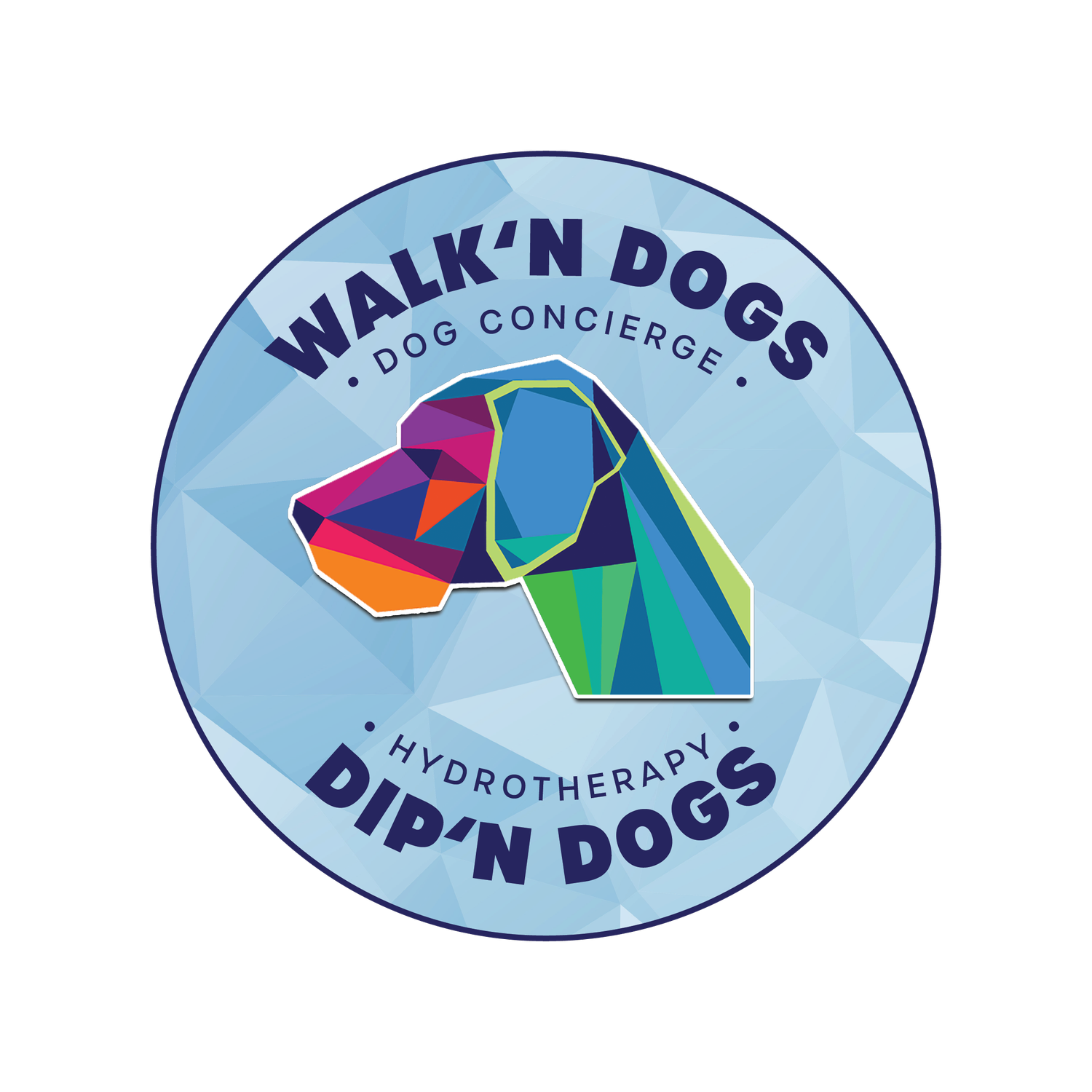Canine Water Therapy: A Healing Solution for Dogs with IVDD
Intervertebral Disc Disease (IVDD) is a serious spinal condition that affects many dogs, particularly breeds with long backs like Dachshunds, Corgis, and Basset Hounds. This painful disorder occurs when the cushioning discs between the vertebrae degenerate or herniate, leading to nerve compression, pain, mobility issues, and, in severe cases, paralysis. While treatment options vary depending on the severity, one of the most effective and non-invasive rehabilitation methods is canine water therapy.
Understanding IVDD and Its Challenges
Dogs with IVDD often struggle with pain, stiffness, and difficulty walking. Traditional treatments include rest, anti-inflammatory medications, physical therapy, and, in severe cases, surgery. However, recovery can be slow, and regaining mobility is often a challenge. This is where hydrotherapy plays a crucial role in rehabilitation and pain management.
How Canine Water Therapy Works
Water therapy, also known as hydrotherapy, involves controlled swimming or walking on an underwater treadmill in a specially designed pool. This method is particularly beneficial for IVDD-affected dogs because water provides buoyancy, reducing the strain on the spine and joints while allowing the dog to exercise in a pain-free environment. The warm water used in hydrotherapy sessions also helps to relax muscles, increase circulation, and promote healing.
Key Benefits of Canine Water Therapy for IVDD
1. Reduced Pressure on the Spine
The natural buoyancy of water significantly reduces the weight-bearing load on a dog's spine and joints. This means that dogs with IVDD can move freely without aggravating their condition, promoting healing while minimizing pain.
2. Improved Mobility and Muscle Strength
One of the biggest challenges for IVDD-affected dogs is muscle atrophy due to inactivity. Hydrotherapy allows dogs to engage in low-impact exercise, strengthening their muscles without putting stress on the spine. This is essential for regaining mobility and preventing further complications.
3. Pain Management and Increased Circulation
Warm water therapy encourages blood flow to affected areas, reducing inflammation and promoting faster healing. The gentle resistance of water also stimulates nerve function, which is crucial for dogs that have lost partial or full use of their legs due to IVDD.
4. Encourages Natural Movement
Many dogs with IVDD experience difficulty walking on land. In water, they can move more naturally, which helps retrain their muscles and improve coordination. This is particularly important for post-surgical dogs or those recovering from an IVDD flare-up.
5. Faster Recovery Post-Surgery
For dogs that undergo IVDD surgery, rehabilitation is essential to regaining function. Hydrotherapy is often introduced as part of a post-operative recovery plan to help restore movement, strengthen weak muscles, and prevent stiffness or secondary injuries.
Is Hydrotherapy Right for Your Dog?
Not every dog with IVDD will have the same recovery path, so it's important to consult with your veterinarian or a certified canine rehabilitation specialist before starting water therapy. Factors such as the severity of the condition, current mobility level, and overall health will determine if hydrotherapy is a suitable option.
Choosing a Canine Water Therapy Program
When looking for a hydrotherapy center for your dog, consider:
Certified professionals – Ensure the facility has trained and certified canine hydrotherapists.
Proper facilities – A temperature-controlled pool or underwater treadmill designed for rehabilitation.
Individualized treatment plans – A program tailored to your dog’s specific needs and progress.
Canine water therapy is a game-changer for dogs suffering from IVDD. By reducing pain, increasing mobility, and promoting muscle strength, hydrotherapy provides a safe and effective way to improve quality of life for affected dogs. Whether used as part of a rehabilitation plan post-surgery or as a preventative measure to maintain mobility, hydrotherapy is a powerful tool in managing IVDD. If your dog has been diagnosed with IVDD, exploring water therapy as a treatment option could be the key to a happier, healthier, and more mobile life.

